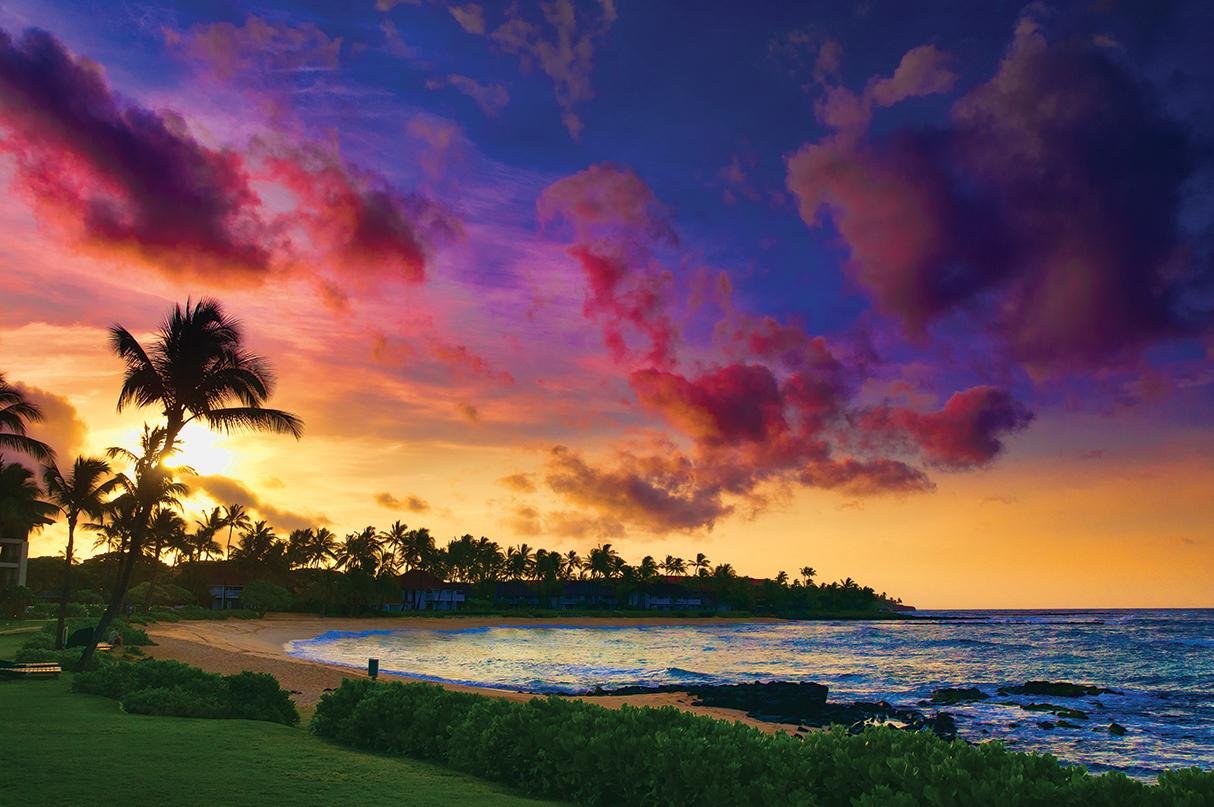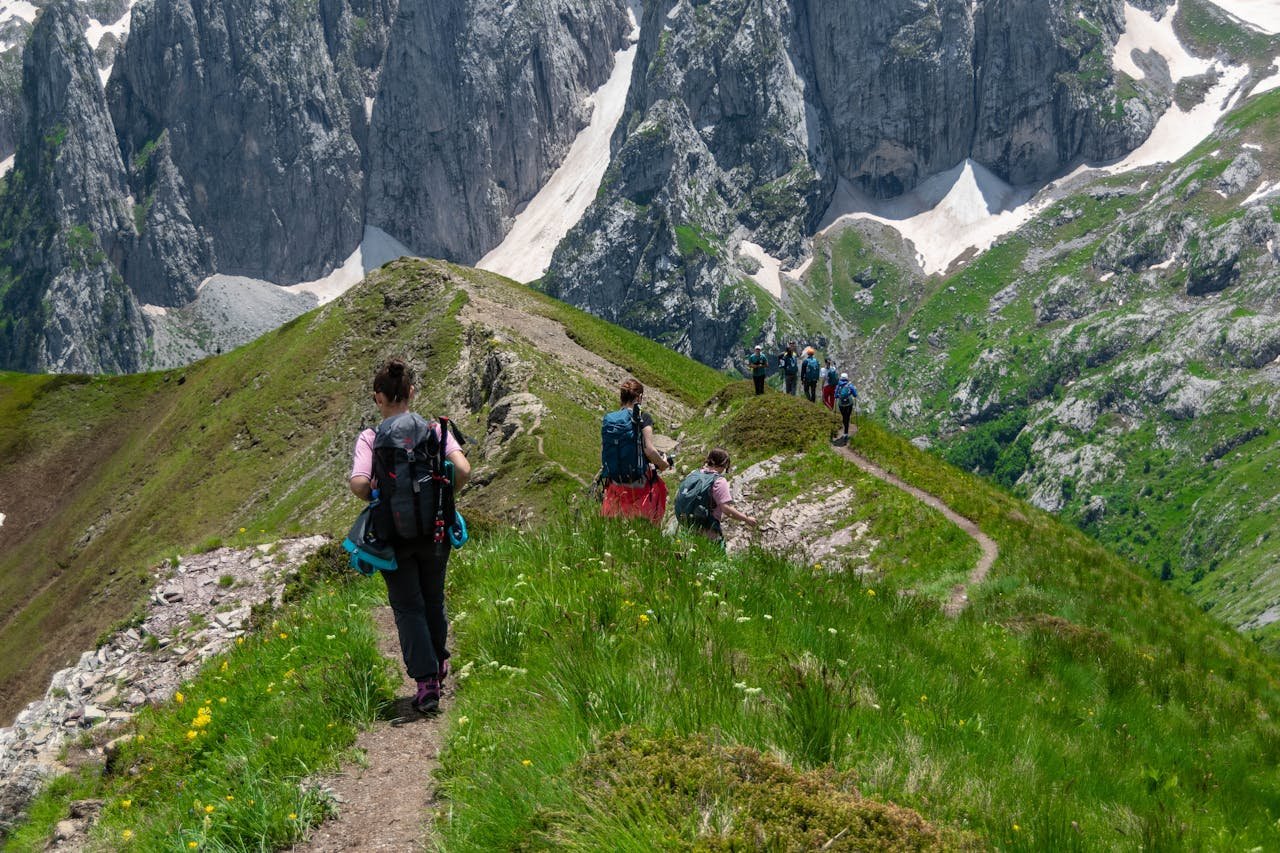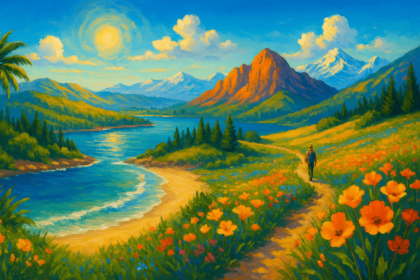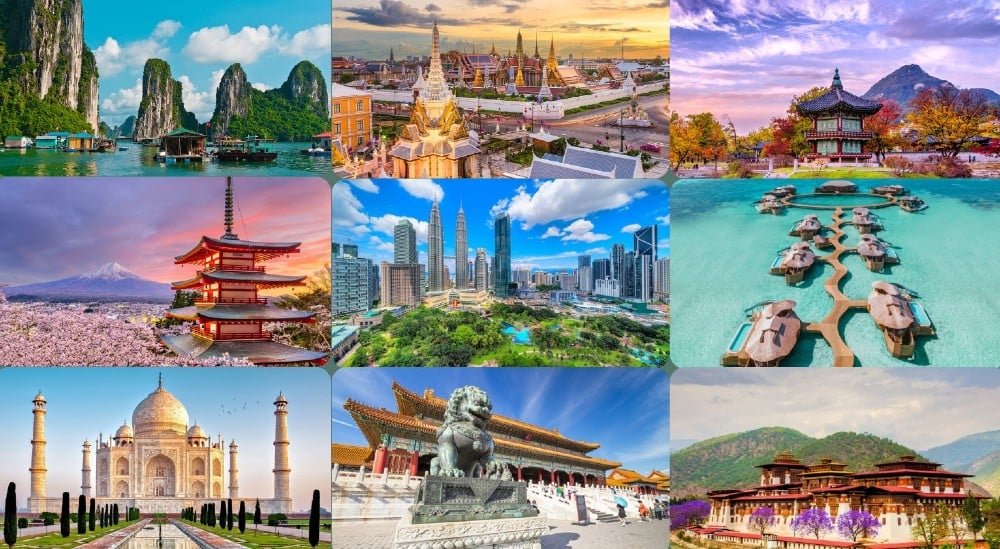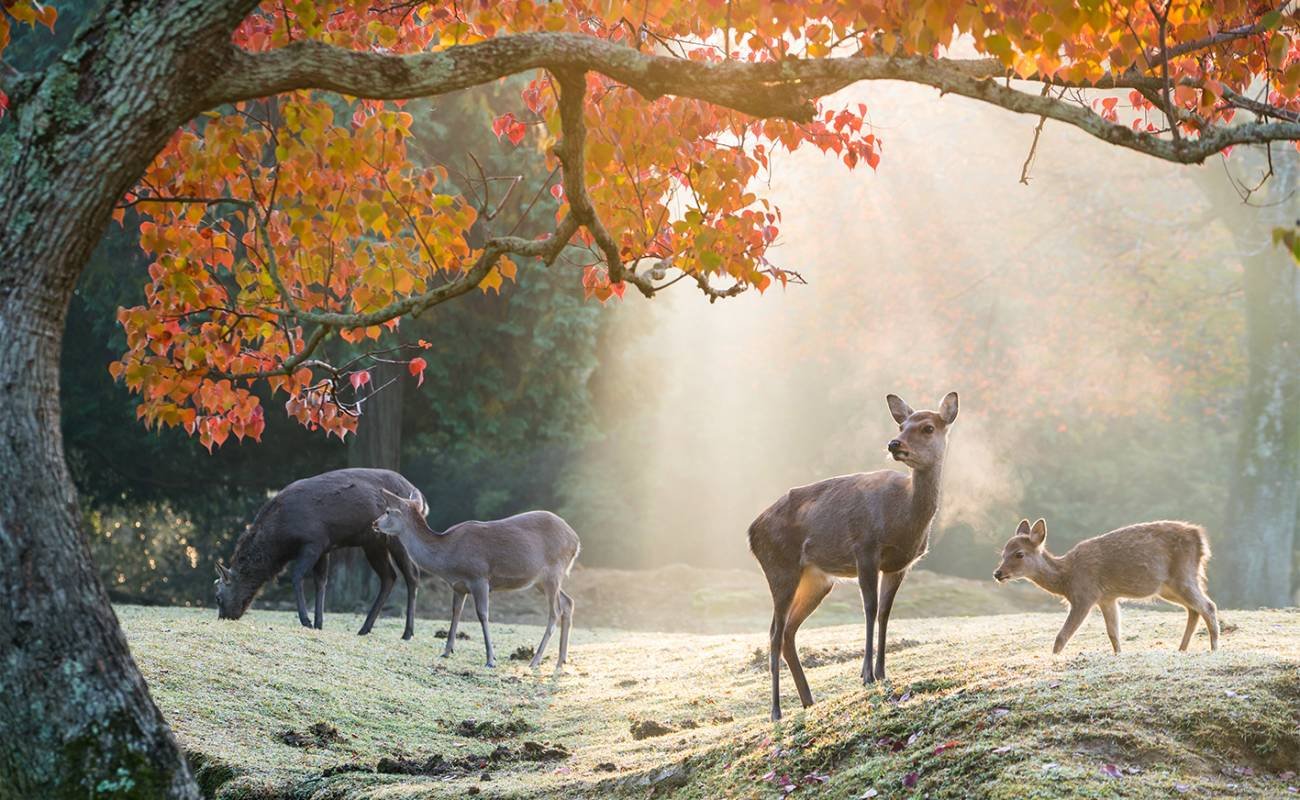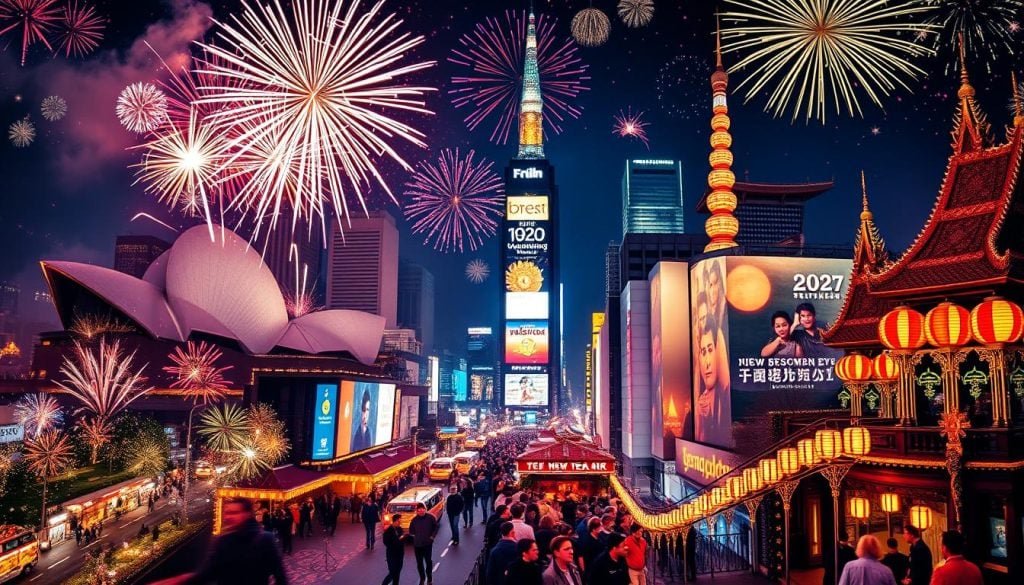Nagasaki travel guide: Nagasaki is a city in Japan that will leave a lasting impression if you’re looking for a place that tells stories of history, strength, and cultural blending. This travel guide to Nagasaki will show you three of the city’s most important and lasting sites: the Nagasaki Peace Park, Dejima, and Glover Garden.
These places are important all the time, not just during certain times of the year. They are at the center of Nagasaki’s identity as a city that has risen from tragedy to become a symbol of peace and international connection. This guide has everything you need to plan an unforgettable trip, no matter when you go. It’s great for history buffs, culture seekers, and casual travelers alike.
What to Do in Nagasaki
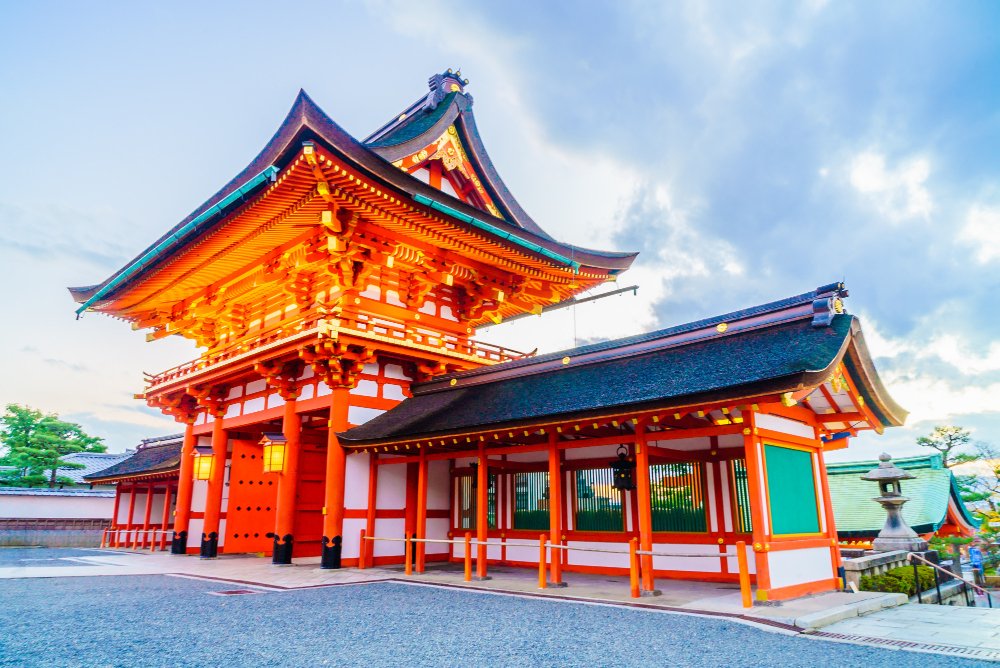
Nagasaki is on the western coast of Kyushu, surrounded by green hills and looking out over a beautiful harbor. But what makes it really special is how it connects the past and the present. Nagasaki was Japan’s only open port during the country’s isolationist period, and it welcomed traders from Europe and Asia. You can still feel that global influence in the city’s architecture, food, and even in the way people act.
Nagasaki also remembers August 9, 1945, when it was one of only two cities in history to be hit by an atomic bomb. Instead of letting that event define them, Nagasaki chose to rebuild as a “City of Peace,” turning memory into hope and conversation.
Nagasaki is different from all other Japanese cities because it strikes a balance between remembering and starting over. It’s small enough to explore without getting tired, but it’s also full of things to discover.
How to Get to Nagasaki
It’s easy to get to Nagasaki. Trains, planes, and buses connect the city to major cities like Fukuoka, Osaka, and Tokyo.
By Air
- Nagasaki Airport has both domestic and a few international flights.
- It takes less than an hour to get from the airport to the city center by taxi or shuttle bus.
By Train
- Taking the Kyushu Shinkansen or a local express train from Fukuoka’s Hakata Station takes about two hours.
By Bus or Car
- Express buses connect Nagasaki to other cities in Kyushu.
- Driving yourself lets you explore nearby areas at your own pace.
Once you’re in the city, getting around on public transportation is easy and quick. Most of the main attractions are connected by the tram system, and buses and taxis fill in the gaps. Nagasaki is also a great city to walk around in if you like to explore at your own pace. Just be ready for some steep hills.
When to Go to Nagasaki
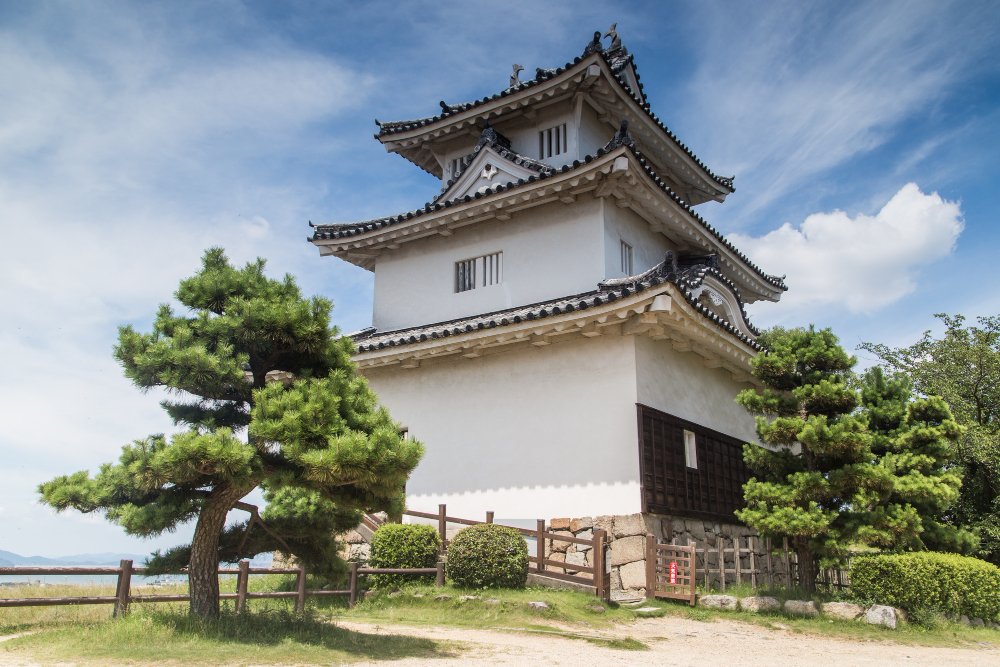
You can go to Nagasaki any time of year.
- Spring (March–May): Mild weather and bright colors, perfect for walking.
- Autumn (October–November): Ideal for mild weather and outdoor exploration.
- Summer: Can be hot but features lively festivals and longer daylight hours.
- Winter: Relatively mild compared to northern Japan.
The main attractions, like Peace Park, Dejima, and Glover Garden, are always open and very important, no matter when you go. Exploring is best in the early morning or late afternoon when the light is softer and there aren’t as many people around.
1. Nagasaki Peace Park: A Sign of Hope
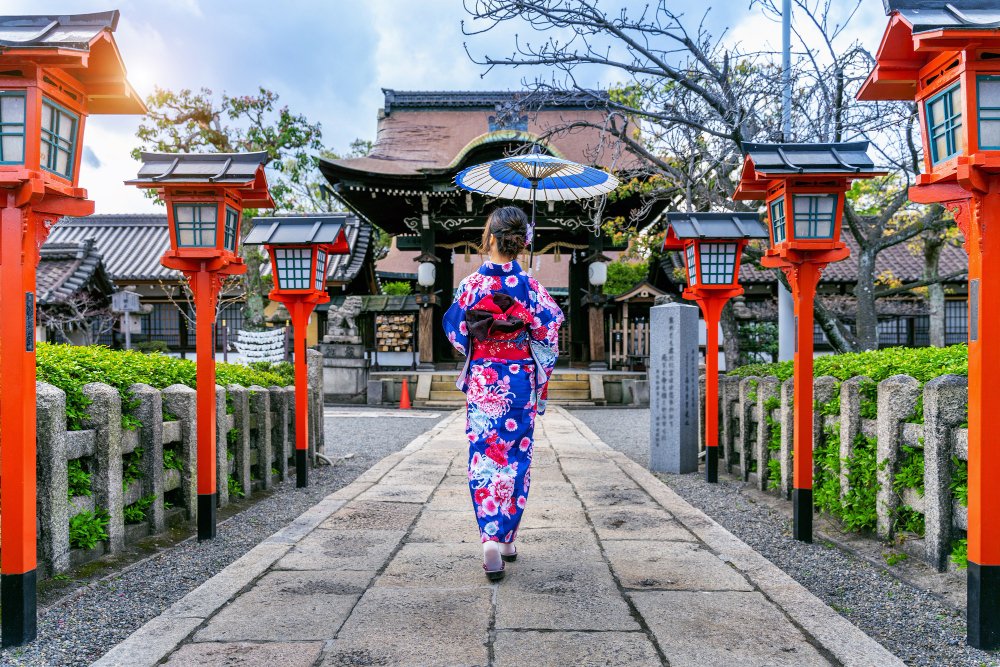
One of the most moving places in Japan is the Nagasaki Peace Park. It was built to remember the people who died in the atomic bombing and to promote world peace. It is a reminder of both tragedy and strength.
The Peace Statue, a blue-bronze figure with one hand raised to the sky (to represent the threat of nuclear weapons) and the other hand extended forward in a gesture of peace, is in the middle of the park. The statue’s calm face and serious presence make for a very reflective atmosphere.
What to Look At
- Peace Statue: The most famous feature, evoking thought and reflection.
- Fountain of Peace: Honors those who died searching for water after the bombing, symbolizing the value of life.
- Peace Monuments: Dozens of monuments from countries worldwide line the paths, representing global desire for peace.
- Hypocenter Marker: The quiet memorial marking the bomb’s detonation site, just a short walk from the park.
Tips for Visiting
- Allocate at least an hour for a peaceful visit.
- Early morning visits offer calm and great photo opportunities.
- Visit the nearby Atomic Bomb Museum for a deeper historical context.
Advice That Lasts
The message of the Peace Park will always be the same: remember, understand, and have hope. Approach your visit with respect and an open heart. It’s not a place for quick sightseeing; take your time to reflect.
2. Dejima: Japan’s Global Exchange Gateway
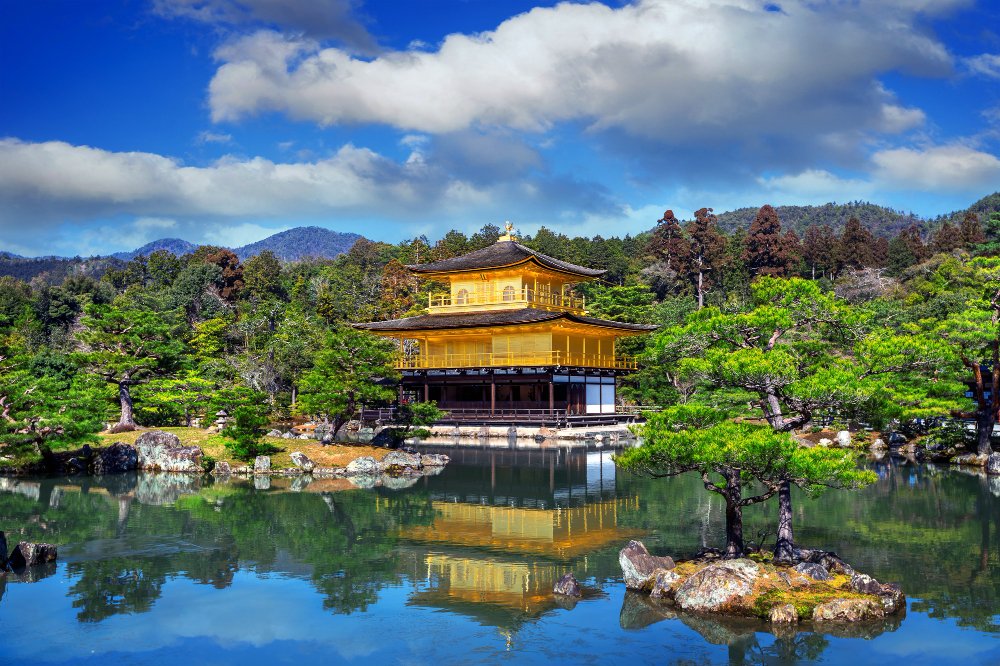
Dejima, a small fan-shaped island built in 1636 to house Portuguese and later Dutch traders, predated Japan’s opening to the world in the Meiji Era. During Japan’s period of isolation, Dejima was the only official connection between Japan and the outside world.
Today, Dejima has been beautifully rebuilt and serves as a living museum that shows how Japan interacted with the world historically.
What to Look At
- Restored Residences: Wooden merchant homes filled with furniture, maps, and Edo-period artifacts.
- Warehouses and Offices: Demonstrate trade in sugar, silk, medicine, and scientific instruments.
- Dejima Museum: Shows how knowledge and culture flowed between Japan and the West.
- Garden Paths and Streets: Recreated streets offer a charming old-world feel, perfect for photography and slow exploration.
Advice for Visitors
- Explore Dejima in about an hour; it is small and compact.
- Located in central Nagasaki, accessible easily by tram.
- Late morning or early afternoon visits provide better light and fewer crowds.
Advice That Will Always Be True
Dejima’s story is about curiosity and connection, not just trade. It reminds travelers that cultural exchange enriches humanity, regardless of era.
3. Glover Garden: Where History and Beauty Meet
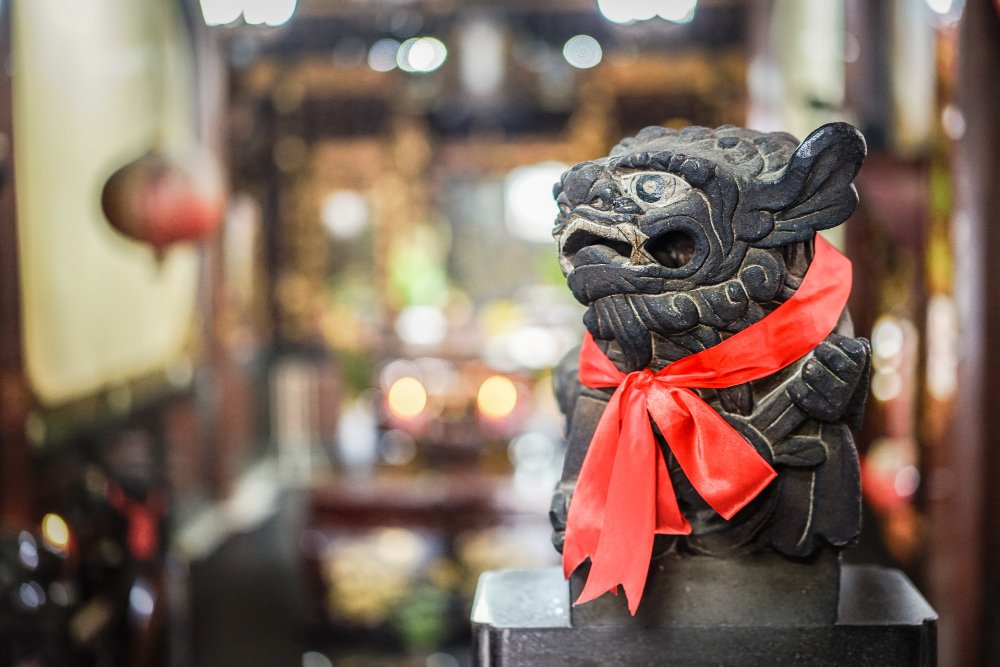
Glover Garden, perched on a hilltop overlooking Nagasaki Harbor, is one of the city’s most scenic and historically significant attractions. This open-air museum features restored Western-style homes from the late 1800s, when Japan modernized after centuries of isolation.
The Former Glover Residence, once home to Scottish merchant Thomas Blake Glover, played a key role in Japan’s industrial growth. With wide verandas, ivy-covered walls, and panoramic views, it reflects the spirit of a transformative era.
What to Look At
- Glover House: The oldest Western wooden building in Japan, showcasing Meiji-era architecture and lifestyle.
- Other Residences: Former homes of merchants and diplomats, blending Western design with Japanese craftsmanship.
- Paths and Garden Views: Terraced gardens offer some of Nagasaki’s best views, especially at sunset.
- Sculptures and Displays: Statues and exhibits highlight influential historical figures.
Tips for Visiting
- Wear comfortable shoes; Glover Garden is on a slope.
- Afternoon visits provide golden light over the harbor.
- Combine your visit with the nearby Ōura Church for a complete cultural experience.
Advice That Will Last Forever
Glover Garden’s charm is timeless. Its architecture, gardens, and views have delighted visitors for decades and will continue to do so. It’s a perfect example of history and beauty coexisting harmoniously.
Suggested One-Day Itinerary in Nagasaki
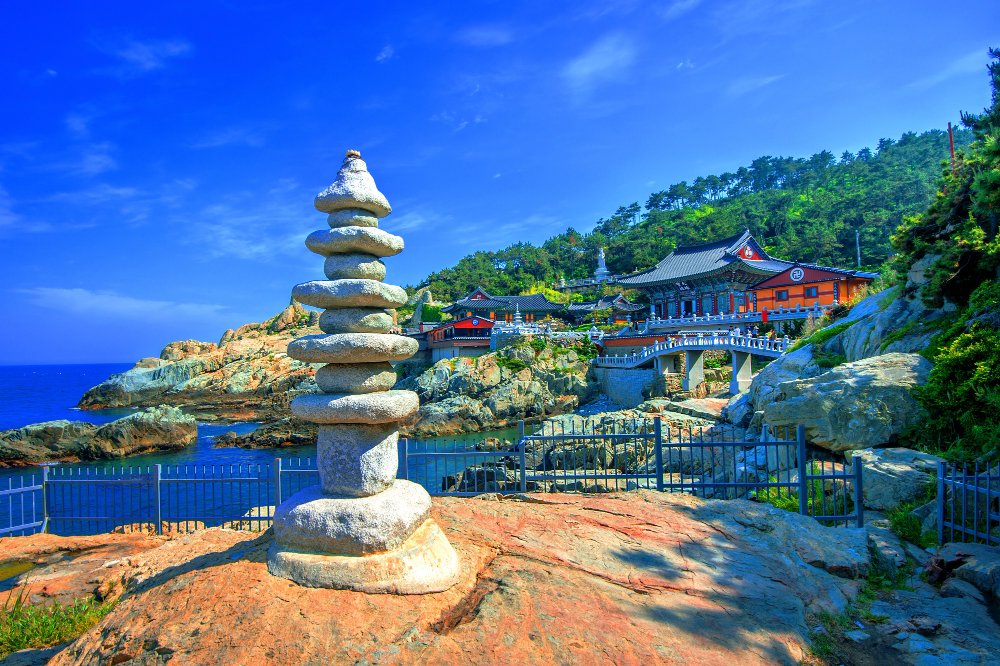
Even with limited time, you can visit Peace Park, Dejima, and Glover Garden in one day while enjoying each site fully.
Morning – Peace Park
- Start early and explore the monuments quietly.
- Reflect on the message of peace and resilience.
Late Morning – Dejima
- Take a tram or bus to Dejima.
- Explore the historic streets and restored homes.
- Enjoy coffee or a light meal at nearby cafes overlooking the harbor.
Afternoon – Glover Garden
- Wander through the homes and gardens at your own pace.
- Capture sunset views over the harbor for great photos.
Evening – Harbor Area
- Dine at restaurants serving local specialties like Champon noodles and Sara-udon.
- Optionally, take a nighttime cable car up Mount Inasa for spectacular city views.
Travel Tips for Nagasaki That Never Go Out of Style
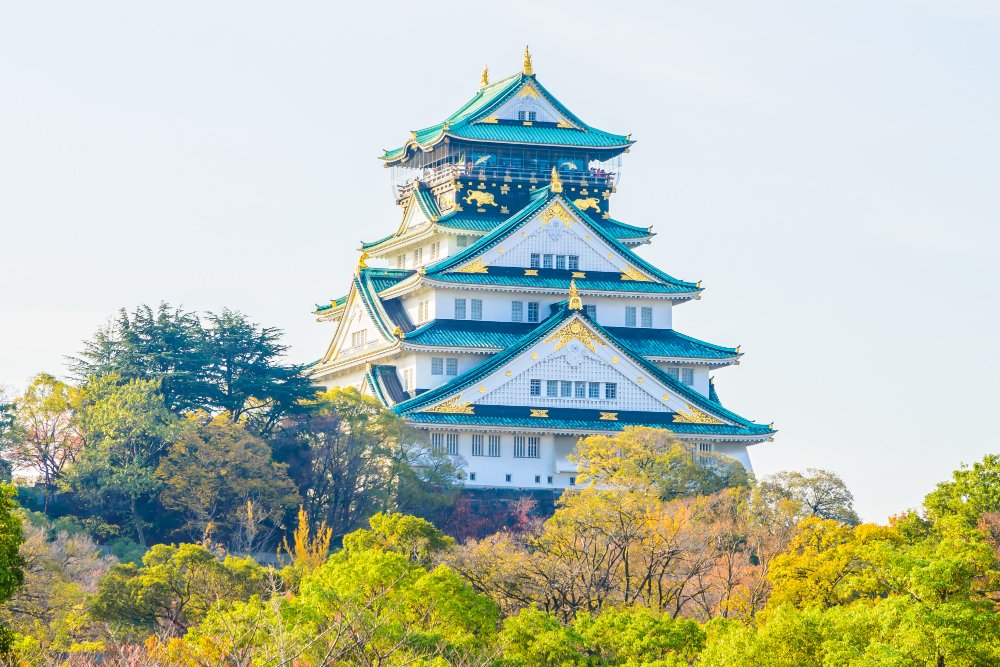
- Take Your Time: Nagasaki is not a city to rush through.
- Use the Tram System: Efficient, culturally significant, and convenient.
- Stay Central: Accommodation near Nagasaki Station or the harbor offers easy access.
- Blend History and Modern Life: Enjoy cafes, streets, and local culture between sites.
- Respect the Spirit of Peace: Particularly at Peace Park, maintain quiet reflection.
- Travel Light: Hills and stairs make light packing practical.
- Enjoy Local Flavors: Don’t miss Castella sponge cake, Champon noodles, and Shippoku cuisine.
More Than the Main Attractions
If you have more than a day, consider exploring additional timeless experiences:
- Mount Inasa: Ropeway provides incredible views, especially at night.
- Ōura Church: Japan’s oldest wooden Christian church, near Glover Garden.
- Hashima Island (Gunkanjima): Abandoned coal-mining island, visually striking and historically rich.
- Nagasaki Chinatown: One of Japan’s oldest neighborhoods, highlighting Chinese influence.
- Unzen Onsen: Hot spring resort set in volcanic scenery.
Why This Travel Guide to Nagasaki Will Always Be Useful
This travel guide focuses on places and ideas that last, not fleeting events or trends.
- Peace Park: A place for reflection and hope.
- Dejima: Japan’s historical gateway to the world.
- Glover Garden: A celebration of history and beauty.
These timeless experiences make Nagasaki memorable and relevant for future travelers, regardless of evolving attractions or transportation updates.
Last Thoughts
Nagasaki is more than a destination; it’s a living story of pain transformed into peace, isolation turned into connection, and history woven into daily life.
From the reflective calm of Peace Park to the cultural crossroads of Dejima and the scenic beauty of Glover Garden, Nagasaki offers lessons and experiences that transcend time.
This travel guide is a timeless roadmap to one of Japan’s most remarkable cities, perfect for first-time visitors or those returning to rediscover its quiet beauty.
Don’t Miss:



